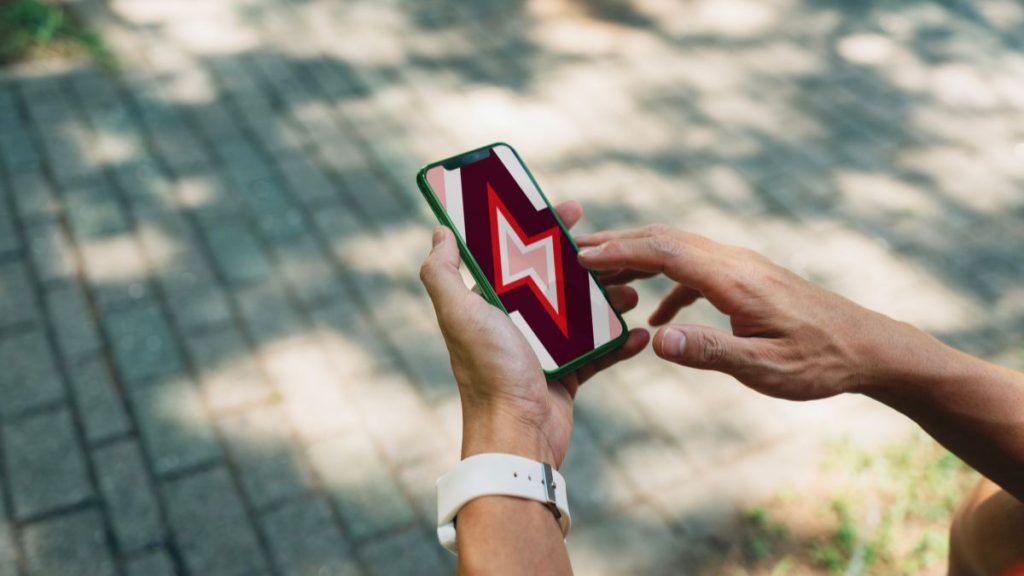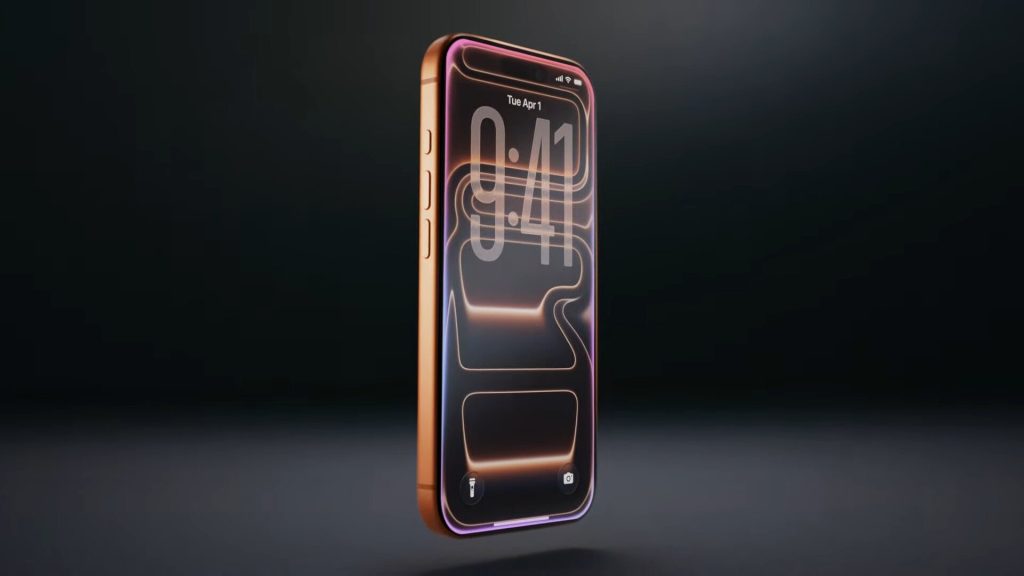If you’ve been shopping for a flagship phone recently, you probably noticed many providers offering phone leasing. Telus’ Bring it Back, Bell’s Device Return Option and Rogers’ Upfront Edge are all designed to appeal to users who typically upgrade their phones after two years and usually want the latest and greatest. These plans allow users to save money on the upfront cost of their device by simply adding the clause that the user would need to return their device after two years. These seem like a win-win for customers – save money on the value of a new phone, plus you get to ‘automatically’ upgrade at the end of two years. These device return programs seem to be so popular that when shopping for a flagship device on the carrier’s website, most times even defaults to the device return option. So, are these phone leasing options really as win-win as carriers say?
What is Phone Leasing and Who is it for?
But before we get into whether leasing your phone is a good idea, a quick word on what phone leasing is and who it is for – in case you are new to the game. We do have a much more detailed article on phone leasing in Canada where we go into detailed pros and cons of phone leasing. So if you’re interested, you should definitely check that article out.
Is leasing a phone a good idea?
But here’s the tl:dr version: Phone leasing works much like car leasing does. You get an upfront discount on the cost of a new flagship phone but you have to bring the phone back in “good working condition” at the end of two years else pay a (often hefty) fee to buy the phone off of the carrier at the end of your two year contract.
Such device return plans are a handy idea for those who like to upgrade devices every two years and find that modern devices have become too expensive for it to be worth the hassle of buying outright and then selling on facebook marketplace in two years. The main draw for the various phone leasing plans offered by carriers in Canada, therefore, is the idea that they are a cheaper way to own the latest and greatest current smartphones.
But is a device return plan with a carrier really as win-win as they would have you believe?
Phone return programs do have a lot of positive elements, but dollar for dollar are they really the best way to own and enjoy a new phone for two years? We at Planhub, decided to find out!
The Experiment – Phone Leasing vs Popular Alternatives
To evaluate whether phone leasing is worth it, here’s how we set up the experiment:
There are two different costs to any phone:
(1.) The cost upfront that you have to shell out to bring the device home; and
(2.) The total cost of owning the device over two years.
Device return plans offer the incentive of a discount on the upfront cost of the phone. In fact, Rogers’ program is even called the ‘Upfront Edge’ – i.e. a discount upfront. Get it? But the real question we wanted to ask is: Does this upfront discount also translate to a reduced cost of ownership across two years.
So, we decided to conduct a little experiment,
Our Question: Is buying a cell-phone on a phone return plan worth it?
Our Assumptions: 1. The typical customer interested in a device return option is one who wants to buy a flagship device every two years and have the lowest cost of ownership across two years, and
- That what is true of two year old flagships today, will be true of today’s flagships in two years. (Does that make sense? Did we lose you?)
- Since device return plans also require phones to be in good working condition when brought back, for the estimated trade-in value, we are considering that devices will be scratch and dent-free + can turn on and be returned to factory settings i.e. be in the physical condition that nets them the highest trade-in value.
Our methodology: We decided to compare arguably the two most popular brands of flagships: Apple and Samsung and compared the true cost of ownership of their flagships from 2020.
The phones: Samsung Galaxy S20 Ultra
iPhone 11 Pro Max
The Scenarios: With each of these phones we decided to test the cost of ownership across 3 different ownership scenarios:
- Buy the device from a carrier with the phone return option.
- Buy the device at full price from the manufacturer and trade it in again with the same manufacturer two years later. And
- Buy the device at cost from the manufacturer and sell it two years later on a classifieds site such as Kijiji, Craigslist or Facebook Marketplace.
Without further ado, here are the results:
| Device | Price at Launch | Price on a device-return plan | Trade in offered today | Avg Price on a classified Site | Best Cost of Ownership |
|---|---|---|---|---|---|
| Samsung Galaxy S 20 Ultra | $1850 | $1249 | $500 | $700 | $1150 (Buying outright and selling second hand) |
| iPhone 11 Pro Max | $1729 | $1199 | $585 | $700 | $1029 (Buying outright and selling second hand) |
Conclusion
As you can see, buying a phone on a device return plan comes in as the second best option for those looking to upgrade on a two year cycle. Buying a phone outright from a manufacturer and then selling it second hand two years later on a classifieds site like kijiji turns out to be the most cost-effective, while surprisingly, trading in your phone with the manufacturer to buy their latest and greatest turns out to be the most expensive way to own a new phone every two years! If you’d asked us before we did this experiment, I would have guessed that trade in woud be the cheapest, classifieds, I would have guessed would be second while device returns would rank third in the rankings of cheapest way to own a new phone. Goes to show the power of hard data over intuitions, eh?
That is why you should trust PlanHub with all your phone and Internet plan decisions. Our algorithms take into account all available data on a plan or deal and give you the best price of ownership across a two year timeframe, helping you make smart decisions and save money.
So go ahead and search!
On our website, you can find your ideal phone plan in a matter of minutes. After answering a few basic questions, our service searches the internet to present you with the most affordable plans that match your needs. From there, all you need to do is pick one that you like best, and get started!






